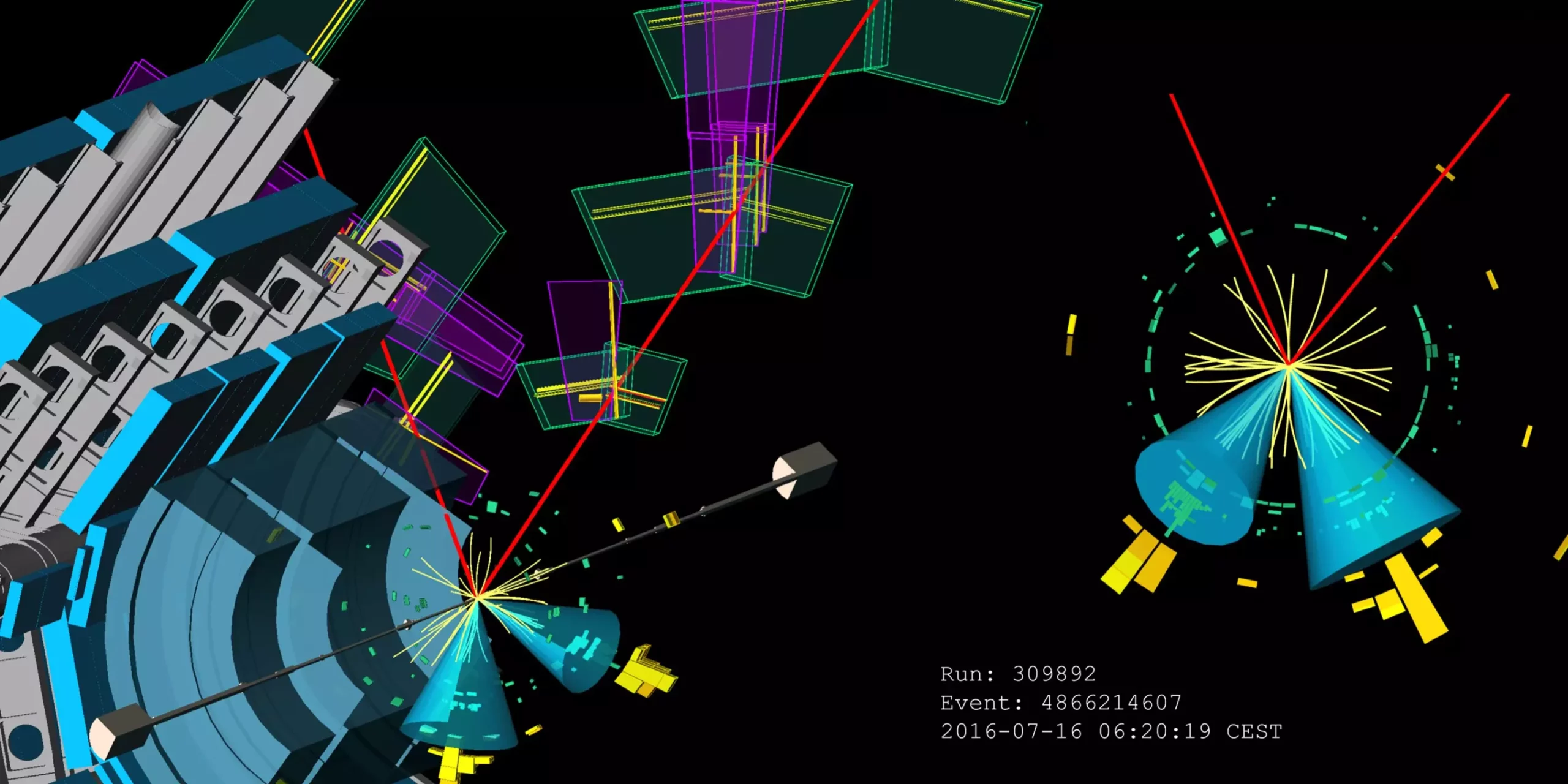The Higgs boson, discovered in 2012, plays a fundamental role in particle physics, particularly regarding how particles acquire mass. A pivotal aspect of understanding the Higgs lies in exploring its interactions with various elementary particles, such as fermions and bosons. The ATLAS collaboration at CERN has committed to refining these measurements to shed light on the Higgs boson’s properties and its implications for the Standard Model of particle physics. Their recent findings from the International Conference on High-Energy Physics (ICHEP) 2024 show significant progress in this endeavor.
The theoretical framework of electroweak symmetry breaking posits that the mass of elementary particles arises through their interaction with the Higgs field. The strength of these interactions can be inferred by accurately measuring both the production of the Higgs boson and its decay channels, particularly into heavy quarks. The recent analyses by ATLAS have focused primarily on the three heaviest quarks—top, bottom, and charm—to provide a clearer picture of the Higgs boson’s interaction strengths.
ATLAS researchers utilized data from the Large Hadron Collider (LHC) Run 2, collected over the years 2015 to 2018, leveraging advanced analysis techniques that significantly enhanced the detection of Higgs decays. A critical element of this methodology is “jet tagging”—a technique used to classify jets of particles that arise when a quark fragments after a Higgs boson decay. By establishing different algorithms to identify jets corresponding to specific quark flavors, the ATLAS team has improved their sensitivity to the Higgs decays into bottom (H→bb) and charm (H→cc) quarks.
Notably, their use of bespoke jet tagging strategies has led to a remarkable 15% enhancement in sensitivity for H→bb decays and even a threefold increase for H→cc decays. These advancements are crucial because measuring the Higgs boson’s coupling to these lighter quarks presents substantial challenges due to the inherent rarity of their occurrence.
In their recent studies, ATLAS has achieved significant milestones, notably the first observation of the WH, H→bb decay process with a confidence level of 5.3 sigma, alongside a 4.9 sigma measurement for ZH, H→bb. These observations signify not only great precision in measuring the Higgs boson’s interactions but also compliance with the predictions of the Standard Model. However, the decay of the Higgs boson into charm quarks remains elusive due to its suppressed nature—estimated to be around 20 times less frequent compared to the decay into bottom quarks.
Furthermore, ATLAS set a stringent upper limit on the rate of the VH, H→cc process, establishing it to be no more than 11.3 times the Standard Model expectation, indicating that while this decay mode has not been observed directly, its potential presence is acknowledged through theoretical modeling.
Another significant focus has been on the interactions between the Higgs boson and top quarks. The analysis around the production of Higgs in association with two top quarks and subsequent decay into bottom quarks (ttH, H→bb) is particularly challenging due to the complex final states and high background noise. Yet, advancements in background understanding have improved sensitivity by a factor of two, resulting in a signal strength measurement of 0.81 ± 0.21 in relation to the Standard Model prediction.
The ongoing Run 3 of the LHC presents further opportunities for the ATLAS experiment to refine measurements of Higgs boson interactions with even greater precision. As the field of high-energy physics progresses, expectations are mounting for the High-Luminosity LHC (HL-LHC), where the detection of previously elusive processes, such as H→cc, may finally become feasible. With continual advancements, the Higgs boson remains at the forefront of particle physics exploration, holding the key to understanding the fundamental structure of matter. The journey of uncovering its myriad secrets is both exciting and essential as physicists strive to expand our understanding of the universe.


Leave a Reply